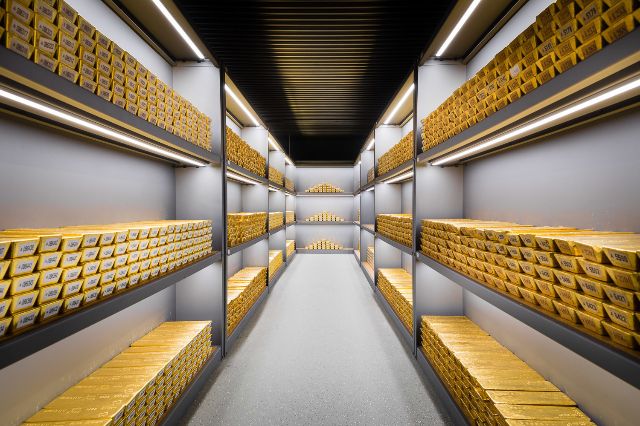
"Germany's Gold Returns: From Cold War Secrets to Strategic Repatriation"
During the Cold War in the 1950s and 60s, West Germany converted its trade surpluses into gold and stored much of it in the U.S., U.K., and France. This was a strategic move to protect the gold from potential Soviet invasion during a time of heightened East–West tensions. In 2012, German media and citizens began to question whether the gold was truly still in New York. Amid growing public skepticism, the German Federal Audit Office called for verification. In response, the Bundesbank launched the “Gold nach Hause” (Gold back home) operation in 2013 to repatriate a portion of its foreign-held reserves. Between 2013 and 2017: 300 tonnes were returned from the Federal Reserve Bank of New York 374 tonnes from the Banque de France in Paris Some gold remained in London for liquidity reasons Despite New York’s reluctance to fully open its vaults, the U.S. gradually complied. By 2017, Germany had successfully returned 674 tonnes of gold ahead of schedule. As of 2024, Germany holds 3,352 tonnes, ranking 2nd globally after the U.S.: ~1,700 tonnes in Frankfurt ~1,200 tonnes in New York The rest in London ❓Why Now? Post-Financial Crisis Trust Issues The 2008 Lehman collapse shook confidence in U.S. institutions. Germans began demanding proof of their national gold. The Bundesbank responded to internal pressure and aimed to rebuild trust. Tariff Tensions & Geopolitical Risk Rising trade tensions during the Trump era raised concerns: "What if the U.S. uses our gold as leverage?" Past sanctions on Iran and Russia made this a realistic fear. 🔐 Conclusion: Germany’s gold repatriation wasn’t driven by distrust but by strategic foresight. In an uncertain world, physical gold at home reinforces national sovereignty, economic independence, and geopolitical security.
jin-ovw
1
Views 31 • 29days ago
Economy